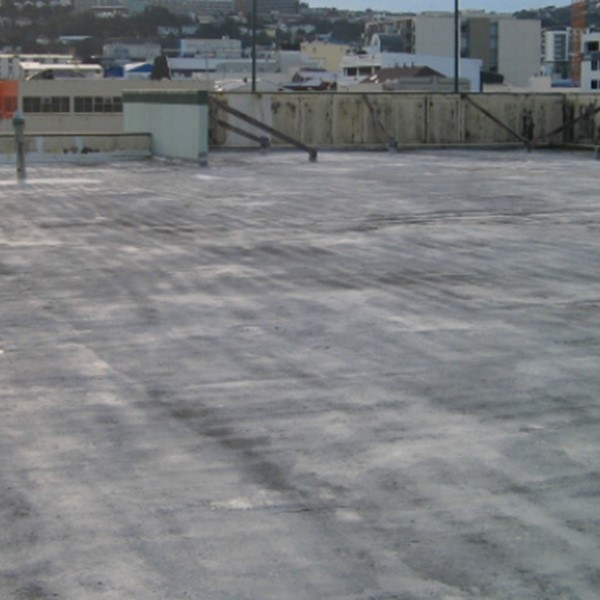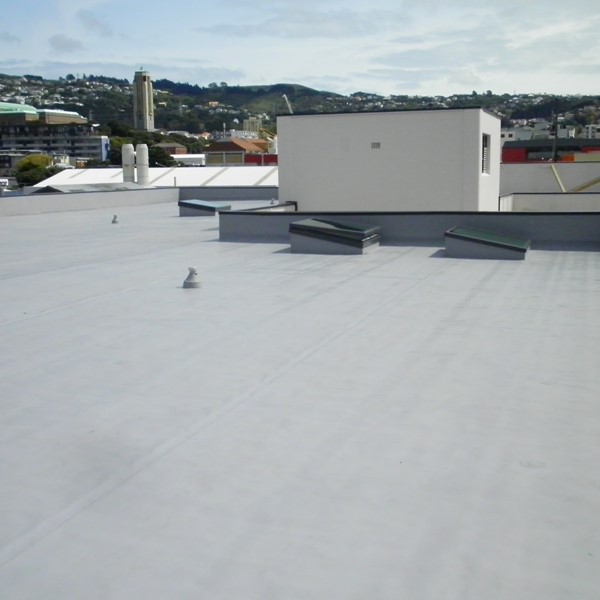Challenge
Designed during the depression by architect Edmund Anscombe, the 71-year old building served as a centre to aid returned servicemen and women in their reintroduction to civilian life during World War II.
It also became a factory for the manufacture of prosthetic limbs for disfigured soldiers. Its flat roof had been waterproofed several times using a bitumen-based liquid membrane; the layers of which had become brittle and cracked over the decades and had started to leak water through to the old sarking beneath.
Three years prior to the roofing project taking place, the building struggled to attract a purchaser because of the perceived exorbitant costs associated with re-cladding the 1,300m2 leaking flat roof (with next to no pitch). A church group eventually purchased the building with a view to embarking on its refurbishment.
21 Hania St’s heritage classification by the Historic Places Trust meant that the Wellington City Council required a resource consent for any exterior work, with a view to keeping the building as close to the original design as possible.
Originally a quantity surveyor was commissioned to explore the option of pitching the roof for metal roofing which would require specially-designed, engineered fixings to the original structure. This proved too expensive and troublesome, and as the building was occupied, opening the roof up meant too much cost and disruption. So another option was explored which involved a three layer torch-on system with the base sheet being mechanically fastened. But Viking Roofspec put forward a better option…


